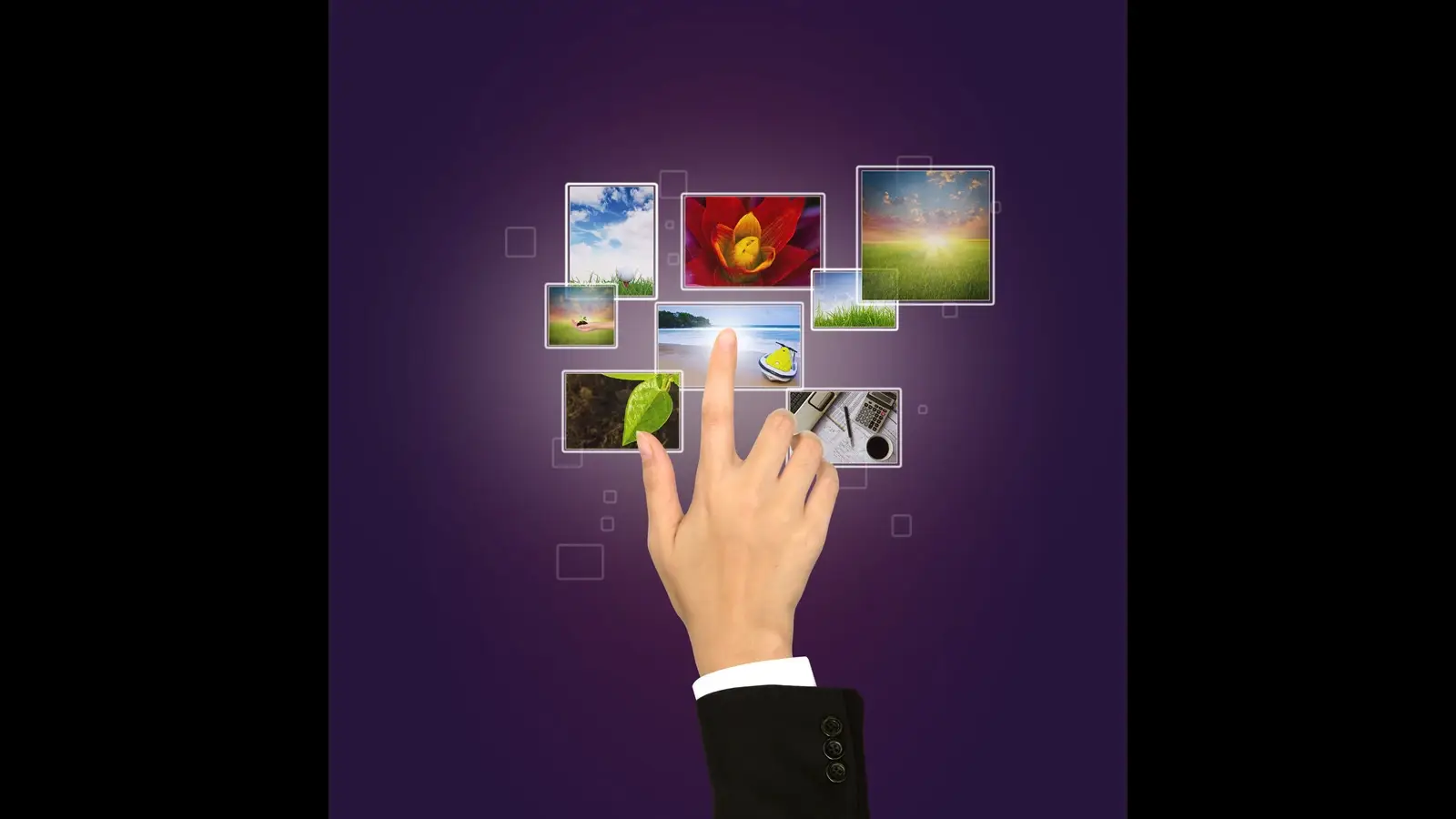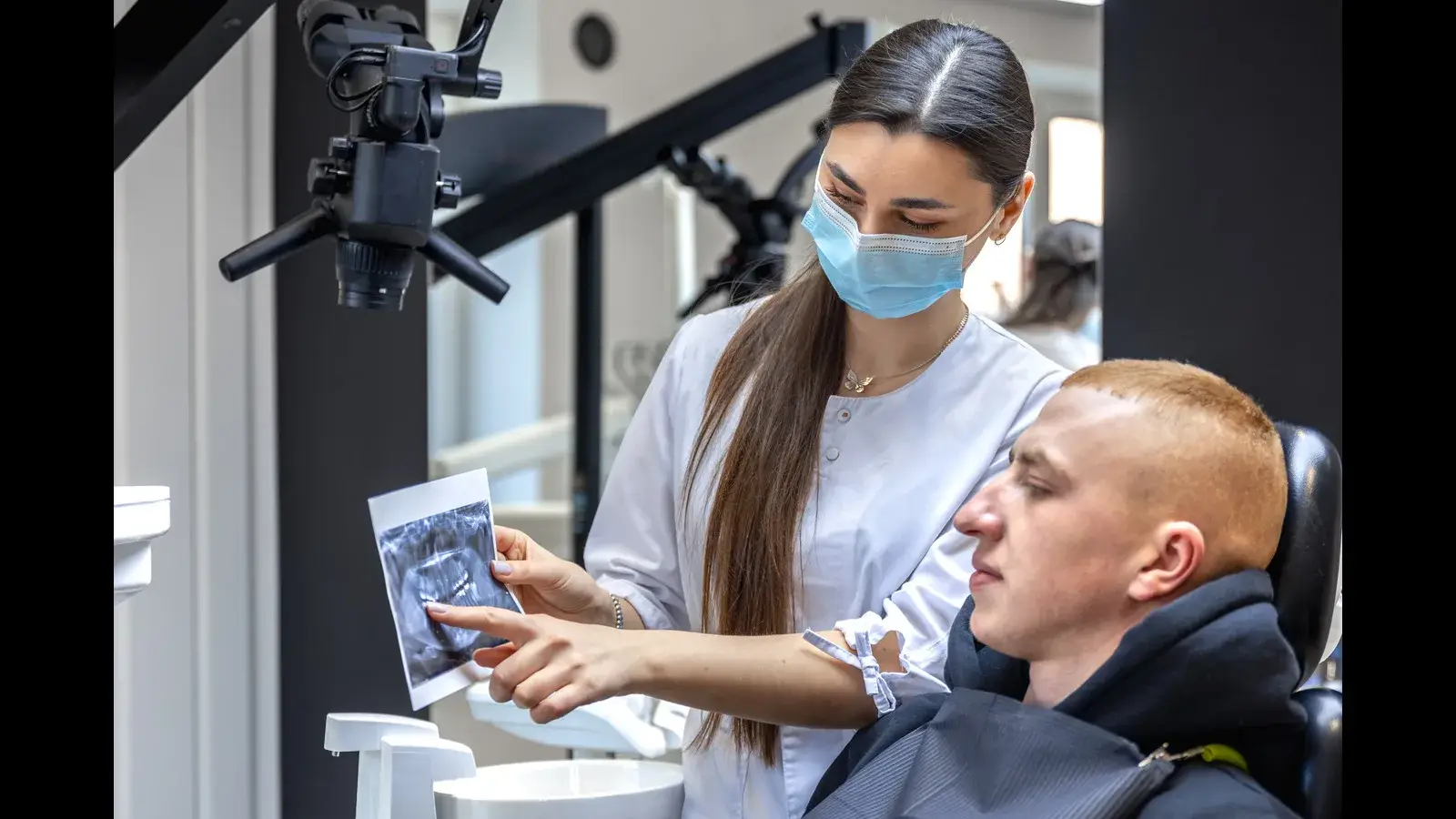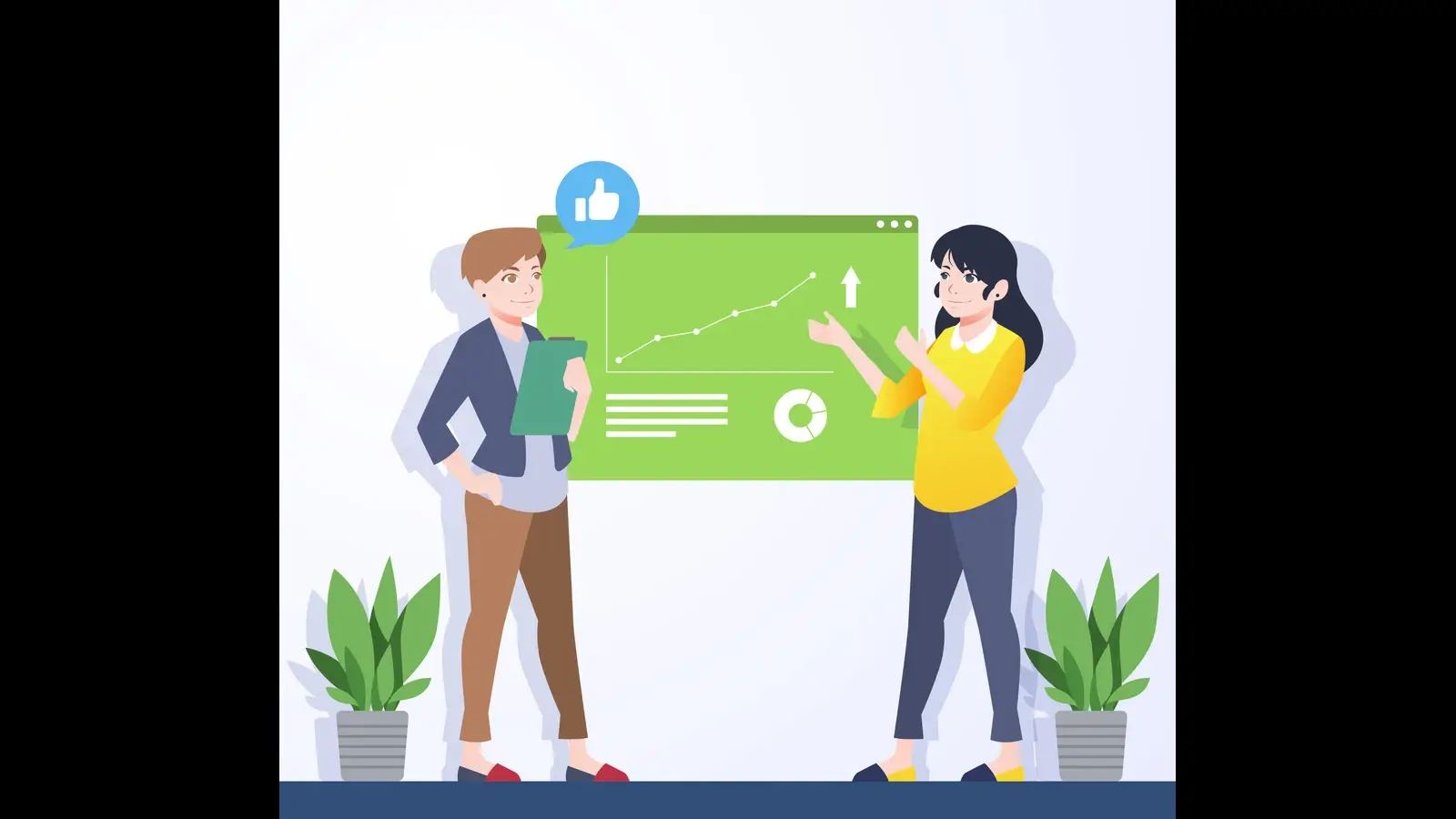When building or redesigning a website, visuals play a critical role in shaping how users perceive your brand. Images can instantly convey professionalism, trust, creativity, or—if done poorly—the exact opposite. For years, businesses have relied on stock photography as a convenient and affordable way to enhance their websites. More recently, AI-generated images have emerged as a new option, offering flexibility and uniqueness at scale. But how do these compare to original photographs, and what are the pros and cons of each?
This article dives into the pitfalls, advantages, and differences between stock photos, AI-generated images, and original photography. Whether you’re a small business owner or managing a large corporate site, understanding these options can help you make the right choice for your digital presence.
Why Website Imagery Matters?
Studies consistently show that visitors form an impression of your website within seconds. A clean design and relevant images not only capture attention but also influence whether visitors stay, explore, or bounce away.
For example:
- High-quality visuals can increase trust and credibility.
- Relevant imagery improves message clarity.
- Unique graphics and photos help brands stand out in competitive markets.
In short, the choice between stock, AI, and original photos directly impacts your brand identity.
Stock Photos: Benefits and Downsides
Pros of Stock Photography
- Accessibility – Stock photo libraries provide millions of images, covering virtually every topic imaginable. Businesses can find visuals instantly without arranging a photoshoot.
- Affordability – Compared to hiring a professional photographer, stock images are much cheaper. Many sites even offer free options.
- Speed – Need an image right away? Stock photos allow for immediate downloads and quick integration into a website.
Cons of Stock Photography
- Lack of Authenticity – Stock photos can look staged, generic, or disconnected from your brand identity. Visitors may recognize overused images, diminishing trust.
- Limited Customization – You’re restricted to what’s available in stock libraries, which may not perfectly align with your messaging or brand style.
- Licensing Risks – Misunderstanding usage rights can lead to legal trouble if the license isn’t appropriate for commercial use.
Best Use Cases
- Quick content updates
- Blog illustrations
- Placeholder visuals for testing website layouts
While stock photography remains a practical choice, it often lacks the originality today’s audiences expect.
AI-Generated Images: The New Frontier
AI tools like DALL·E, MidJourney, and Stable Diffusion have made it possible to create entirely new images from text prompts. Instead of searching stock libraries, businesses can generate custom visuals tailored to their brand.
Pros of AI-Generated Images
- Unique and Customizable – AI allows you to describe what you want and create imagery that doesn’t exist elsewhere. This is especially valuable for abstract concepts, futuristic themes, or niche industries.
- Cost-Effective Over Time – Once you learn to use AI tools, creating images can be much cheaper than repeated photoshoots or expensive stock subscriptions.
- Endless Creativity – The ability to experiment with styles, colors, and scenarios makes AI ideal for brands that want a bold, innovative look.
Cons of AI-Generated Images
- Ethical and Legal Concerns – AI images often raise questions about copyright, ownership, and the use of training data. Businesses must be cautious about rights for commercial use.
- Uncanny Quality Issues – While AI has improved rapidly, it can still produce strange results: distorted hands, mismatched details, or unrealistic textures.
- Learning Curve – Crafting prompts that yield usable images takes practice. Without skill, results can look artificial or unprofessional.
Best Use Cases
- Conceptual website banners
- Blog graphics for abstract topics
- Marketing visuals where originality is key
AI imagery is particularly appealing for startups and creative agencies that need fresh, modern visuals at scale.
Original Photography: The Gold Standard
While stock and AI-generated images offer speed and flexibility, original photography remains the most authentic option.
Pros of Original Photography
- Brand Authenticity – Photos of your team, office, or products build trust by showing your real story.
- Tailored to Your Needs – Professional photographers can align the shoot with your brand values, colors, and tone.
- Ownership – You control the rights to your photos, eliminating licensing confusion.
Cons of Original Photography
- Costly – Hiring photographers, renting equipment, and staging shoots can be expensive, especially for small businesses.
- Time-Consuming – From scheduling shoots to post-production edits, original photography takes far longer than downloading stock photos or generating images with AI.
- Limited Scalability – Unlike AI or stock libraries, original photography isn’t always scalable for large content needs.
Best Use Cases
- About Us pages (showing your real team)
- Product showcases
- Case studies or testimonials where authenticity matters most
Comparing the Three Options
Stock Photos
- Speed: Instant download
- Uniqueness: Often generic, overused
- Authenticity: Low
- Legal Risk: Moderate (licensing issues possible)
- Scalability: Very high
AI-Generated Images
- Cost: Low (with learning curve)
- Speed: Fast once prompts are mastered
- Uniqueness: Highly unique, customizable
- Authenticity: Medium (depends on realism)
- Legal Risk: Medium (copyright debates ongoing)
Original Photography
- Speed: Slow (requires planning & shoots)
- Uniqueness: Completely unique
- Legal Risk: Low (you own the content)
This comparison makes it clear: there’s no one-size-fits-all solution. Instead, businesses should balance all three options depending on their goals, resources, and audience expectations.
Practical Tips for Choosing Website Imagery
- Blend Approaches – Use original photography for brand-defining visuals (like your homepage and About page), while relying on AI or stock photos for supporting content.
- Maintain Consistency – Whatever mix you choose, ensure a consistent color palette, tone, and style across your website.
- Stay Legal – Always verify licenses for stock photos and AI images. If in doubt, consult legal advice.
- Test Impact – Use A/B testing to see which visuals resonate most with your audience. Sometimes, authentic team photos outperform polished stock photography.
Getting Professional Help
Many businesses struggle to decide which imagery option is best for their website. Partnering with experts can simplify the process.
For instance, at Ellipsis Marketing, you can explore tailored web design and marketing strategies that balance professionalism with creativity. Our Ready-Made Website Program is designed to give small and medium businesses professional, visually compelling websites without the overwhelm of managing every design detail.
By working with professionals, you ensure your website doesn’t just look good—but also aligns with your brand story and resonates with your target audience.
Conclusion
The rise of AI-generated images adds an exciting new dimension to website design, but it doesn’t replace the need for original photography or stock photos entirely. Instead, the smartest strategy is often a hybrid approach:
- Use original photos where authenticity and trust are critical.
- Leverage stock photos for quick, cost-effective visuals.
- Experiment with AI-generated images for creativity and uniqueness.
In today’s digital-first world, your website is often the first touchpoint with potential customers. Choosing the right mix of visuals can make all the difference in how your brand is perceived. By understanding the pros and cons of each option, you can build a website that is both visually compelling and true to your brand identity. If you want visually compelling websites without the overwhelm of managing every design detail, you can check our Ready-Made Website Program.



